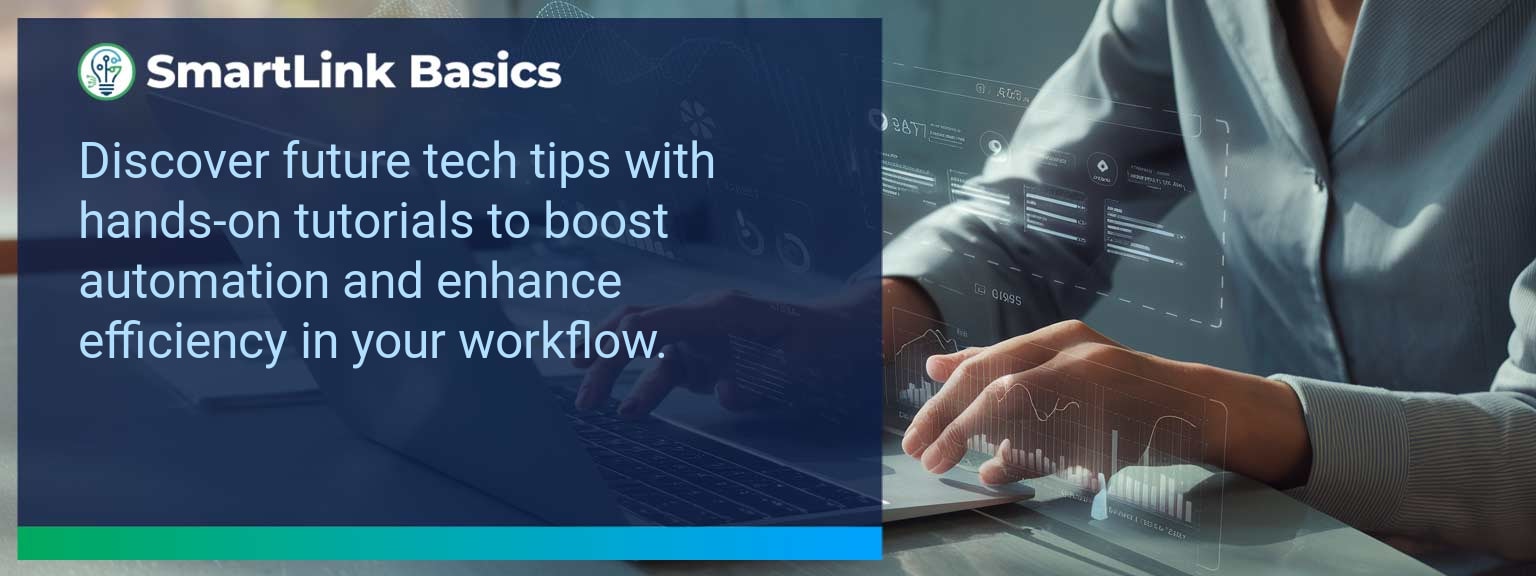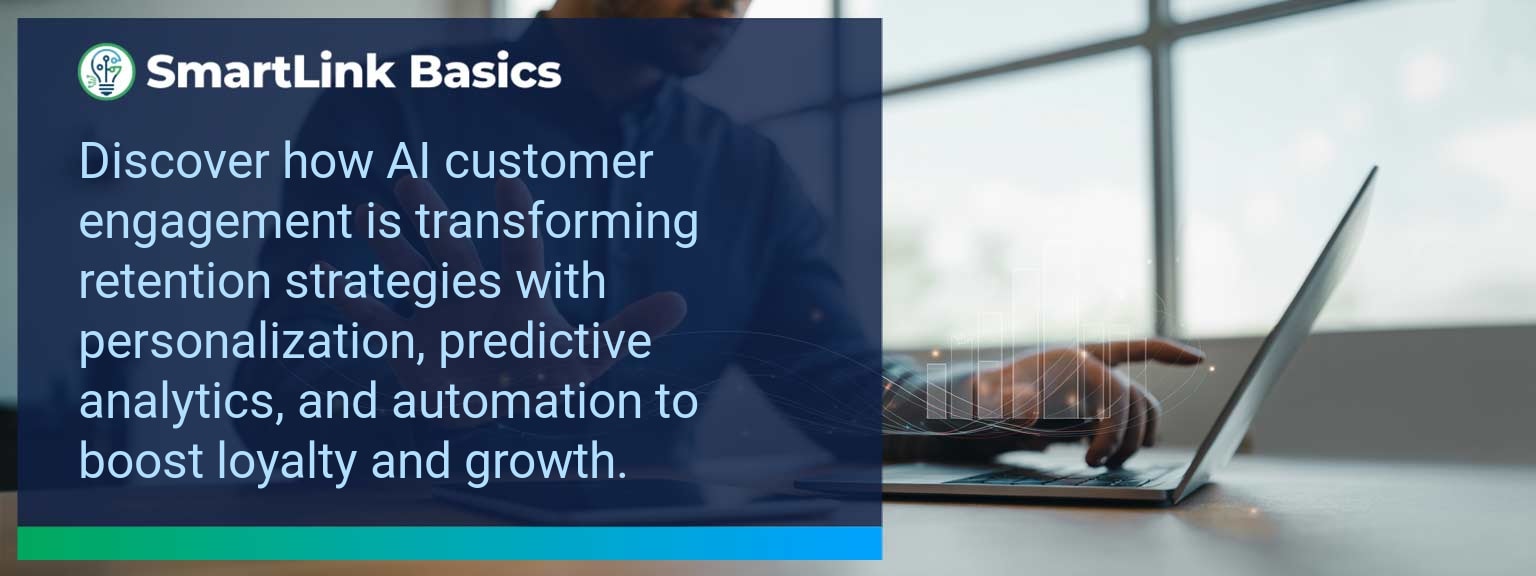Future Tech Tips: Hands-On Tutorials for Automation and Efficiency
Advances in automation and AI integration are now transforming sales leadership at a structural level, not just a tactical one. Teams that implement targeted technology trends and automation strategies are consistently outperforming competitors on speed, accuracy, and scalability. At SmartLink Basics, we view future tech tips not as optional knowledge, but as a decisive lever for operational advantage in AI-driven revenue environments. This article details how to identify obstacles, execute practical automation rollouts, and measure digital efficiency gains. Readers will leave with ready-to-use workflows, examples of innovation tools, and a framework to adapt to coming technology shifts.- Audit current workflows to spot automation opportunities.
- Address adoption barriers with targeted training and quick wins.
- Implement one automation tool at a time for measurable impact.
- Track productivity and digital efficiency metrics consistently.
- Iterate processes to align with emerging innovation tools.
Future Tech Tips: What Changed and Why It Matters Now
Automation maturity has moved beyond simple task elimination toward orchestrating interconnected workflows across CRM, content delivery, and decision analytics. Sales leaders now oversee ecosystems of smart technology serving proactive data insights rather than static reporting. For example, integrating AI-driven lead scoring into prospecting sequences reduces manual filtering time, boosting opportunity creation rates by double digits. Begin by mapping existing revenue touchpoints, then identify where innovation tools can directly remove friction.Future Tech Tips: Redesign the Revenue Operating System
A modern revenue system must embed automation strategies into every layer of execution. Break it down into four decisive components: ICP, Segmentation, and Targeting Use AI integration to refine Ideal Customer Profiles in real time. Segment dynamically based on live engagement rather than static attributes.Pipeline Architecture Design a progression model where data-driven triggers advance deals automatically. This enables reps to focus on strategic conversations.Plays and Messaging Deploy digital efficiency through sequenced messaging tools that auto-adapt to buyer behaviors, ensuring relevance at scale.Operating Cadence Standardize review loops with dashboards that report progress instantly, avoiding lagging-feedback delays.Common Barriers to Adopting New Technology
Resistance often stems from unaddressed skill gaps, unclear ROI cases, or tool overload. Leaders sometimes roll out multiple platforms simultaneously without prioritization, causing adoption fatigue. A mid-market software firm, for instance, introduced three automation suites within six weeks. Usage data showed less than 20% active engagement. Avoid by identifying one high-impact priority, building competency around it, and reinforcing its value through results visibility.Practical Steps to Implement Automation Tools
Deployment structure determines success. Start with a workflow audit and identify repetitive, rule-based steps. Validate your selection against both cost savings and seller experience value. Example: If invoicing lags hurt cash flow, implementing automated billing prioritizes measurable financial gain and frees seller time. Action: Launch with a pilot group, document processes, and use feedback to refine before organization-wide rollout.Measurable Gains in Productivity and Efficiency
Key performance tracking ensures automation strategies deliver more than cosmetic changes. Metrics should cover both output volume and quality. One B2B distributor saw a 27% shorter sales cycle after deploying workflow automation with embedded predictive insights. Action: Link every automation initiative to explicit digital efficiency indicators inside your reporting dashboard.| Category | Metric | Definition | Target |
|---|---|---|---|
| Leading | Automation Adoption Rate | % of team actively using new tools | 85%+ |
| Lagging | Cycle Time Reduction | Decrease in average deal closure time | 20%+ |
| Quality | Data Accuracy | Verified correctness of CRM entries | 98%+ |
Evolving with Tomorrow’s Innovations
Future tech integration is not static; it demands quarterly re-evaluation of market tools, API capabilities, and AI-driven workflows. Teams should schedule structured reviews to decide whether to enhance, replace, or retire solutions. A quarterly tech council in one enterprise sales unit flagged three underperforming automation modules, reallocating budget to more adaptive innovation tools. Action: Institutionalize a repeatable review cadence so the tech stack remains aligned with both strategy and actual field use.<Get the 90-day plan, coaching rubric, and dashboard template to operationalize AI in your enablement program.









